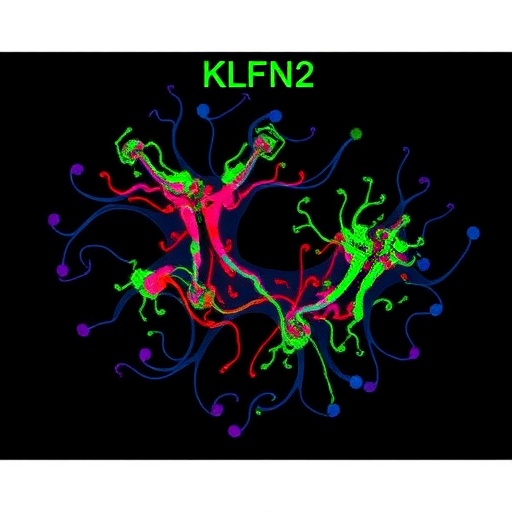
Credit: Intermountain Medical Center
There's new hope for patients with liver disease who are waiting for a donor liver to become available for transplantation.
Doctors at Intermountain Medical Center in Salt Lake City have found a way to safely use a damaged liver to replace a dying liver, then cure the damaged liver of its disease.
Intermountain Medical Center is the first transplant center in the nation to use a revolutionary approach for saving the life of patients who are on death's door.
This year over 13,000 people will be added to the liver transplant waiting list of around 17,000 people; however only 7,000 received a transplant in 2016. This creates an enormous supply — demand mismatch and results in about 1,500 people dying each year while waiting and another 1,700 being removed for getting too sick before they see their opportunity.
"We're excited about the possibilities this opens when it comes to providing life-saving treatment to some of the sickest patients waiting for a liver transplant," said Richard Gilroy, MD, medical director of the Liver Transplantation Program at Intermountain Medical Center. "We are able to make what were felt damaged goods work and sometimes far better than we ever thought we could. This outcome means more people can be saved before they get too sick and allows them to move back to an active life sooner."
During the procedure, the patient's dying liver is removed and a liver with hepatitis C virus infection is transplanted into the recipient. Following the transplant surgery, the patient begins undergoing treatment to cure them from the hepatitis C virus that was carried over from the organ donor via the liver.
Once treatment is complete, the patient is cured of hepatitis C and their new liver functions properly. What is ironic about this is the fact that hepatitis C is the most common indication for a liver transplant nationally. Because of this, multiple methods are in place to assure that the patient receives a "safe" hepatitis C liver.
Earlier this year, Lorenzo Swank's health was quickly declining. In 2010, he was diagnosed with Primary Sclerosing Cholangitis, or PSC, which slowly damages the bile ducts in his liver, causing bile to build up in the liver and damage liver cells. There is no cure for PSC.
In 2013, Swank was added to the liver transplant waiting list and went almost three years with no major issues. But in May 2016, his health was declining yet again.
"Getting a transplant was the only solution that would allow me to overcome PSC," said Lorenzo Swank, recipient of a hepatitis C positive liver who has since been cured of the virus. "If I had not received the hepatitis C positive liver, I was weeks, if not days away from dying. Now my doctors are telling me I can get back to my regularly scheduled life."?
Following Swank's transplant, he began treatment for the disease that was carried over from the liver donor — hepatitis C. Following the treatment for the disease, which was developed by a research team led by Intermountain Medical Center transplant physician Michael Charlton, MD, late last year, Swank has been deemed hepatitis C free.
One other patient underwent the same transplant procedure using a hepatitis C positive liver and is currently undergoing the treatment regimen for hepatitis C.
"Giving a curable disease to a patient is a lot better than letting them die from an incurable disease," said Dr. Gilroy. "We feel this new method will save many more lives by increasing the number of available donor livers to those on the liver transplant wait list."
###
Media Contact
Jess C. Gomez
[email protected]
801-718-8495
@IntermtnMedCtr
http://www.ihc.com
############
Story Source: Materials provided by Scienmag




